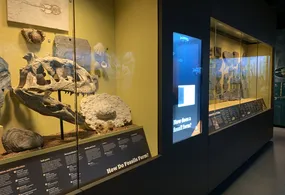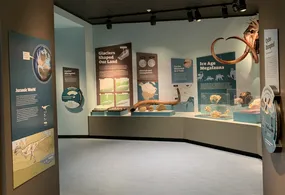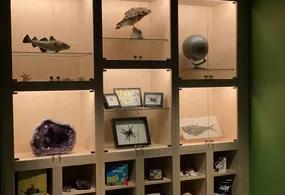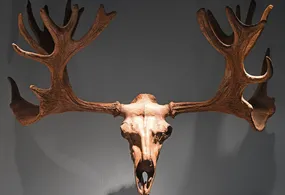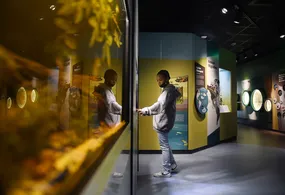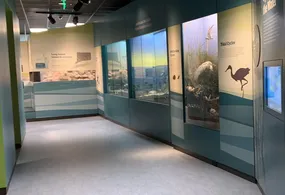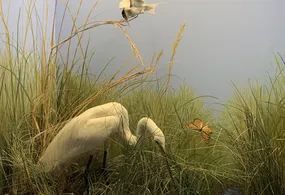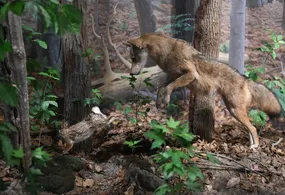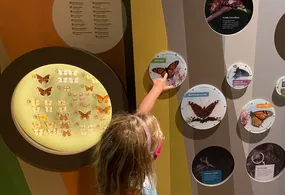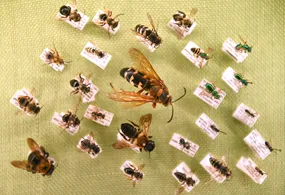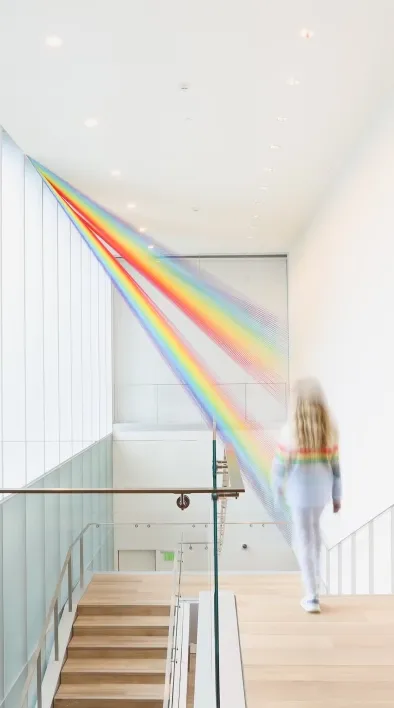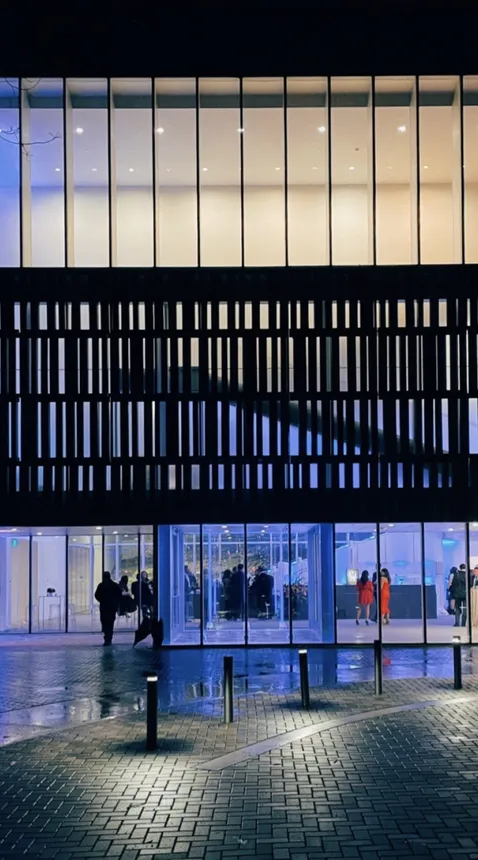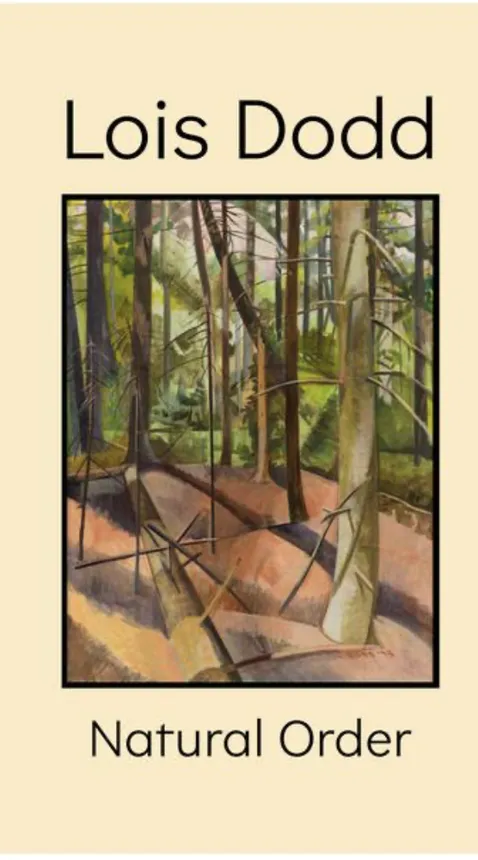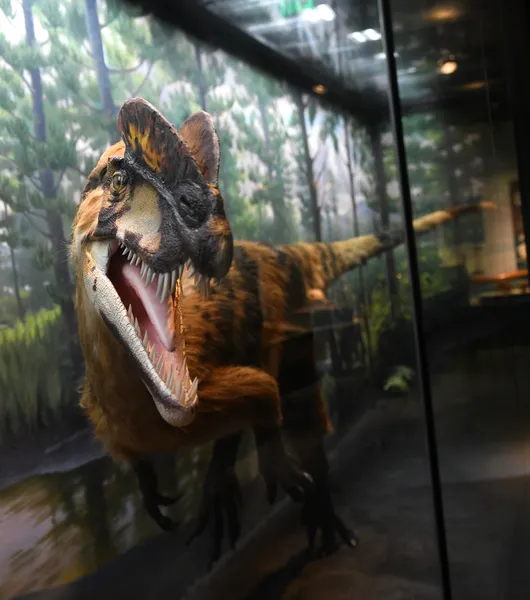
Permanent Science Galleries: Natural Cycles Shape Our Land
Permanent Exhibition
Natural cycles operate on scales grand and small, from tectonic plates being created and destroyed, to tides rising and falling, to animals changing their activity patterns from day to night. In Natural Cycles Shape Our Land, visitors journey through seven galleries, first encountering vast cycles that unfold over millions of years at global scales and ending their tour with small cycles that unfold at minuscule scales in our own back yards.
Label text for this exhibition is available in both English and Spanish. (Todo los textos de esta exposición estaran disponibles en Inglés y en Español).

Storr Family Foundation Geology Gallery
The focal point of this gallery is a giant geological map with a cross-section running down the middle, illustrating how our state was shaped by geological events like tectonic rifting, colliding landmasses, and lava flows. The Rock Cycle and Geological Processes displays show how igneous, metamorphic, and sedimentary rocks are formed, destroyed, recycled, and how rocks are altered by faulting, folding, and fracturing. Connecticut’s mineral heritage is represented with specimens from Colonial Era iron mining sites, beautiful “trap rock” minerals, and an enormous beryl crystal more than a foot tall. Interactive displays allow visitors to explore concepts like density, magnetism, radioactivity, and fluorescence.

Helen & Andrew Gillan Paleontology Gallery
Entering this gallery, visitors encounter dioramas depicting life in the Triassic Period and the Jurassic Period. The Triassic diorama features a skeleton of the fearsome Postosuchus, a carnivorous reptile that went extinct during the era of massive volcanic eruptions that marked the end of the Triassic Period. Fascinating smaller extinct creatures, many discovered in brownstone quarries near New Haven, are also featured. In the Jurassic diorama, a full-size model of Dilophosaurus stalks the shorelines of the Connecticut Valley. A display of Connecticut fossils highlights dinosaur footprints and beautifully preserved specimens of Jurassic fish. A special video interactive and specimens from around the world including a dinosaur egg and an insect preserved in amber offer an overview of how fossils are formed.
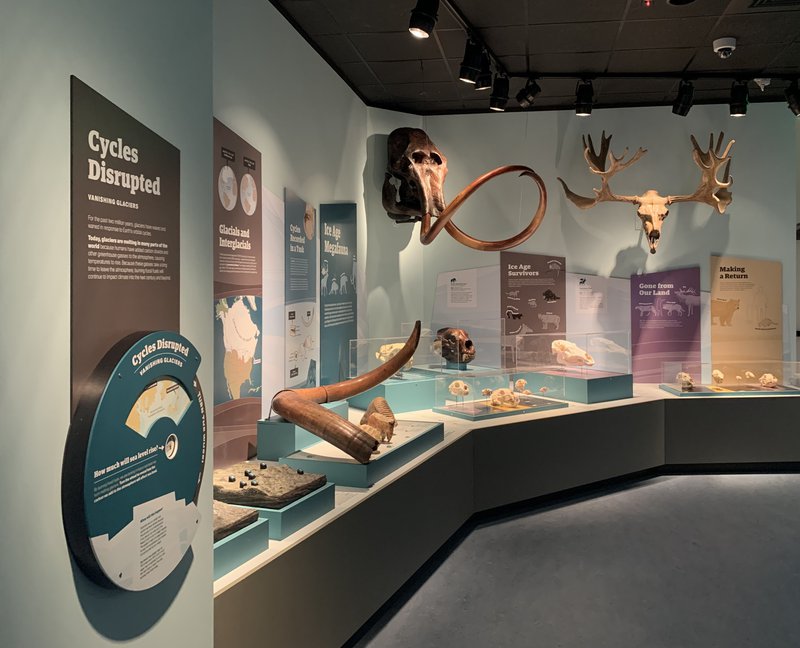
Reinhold Vogel Ice Age Gallery
This gallery explores the forces that cause glaciers to advance and retreat, and reveals how the last Ice Age shaped our landscape. Models and touchable rock specimens reveals the impacts of the enormous ice sheet that scoured the landscape and pushed a massive wedge of sediments southwards. As the ice sheet melted, it left behind an enormous pile of sediments called a moraine, which would one day become part of Long Island. Fossils, skeletons, and casts highlight some of the incredible species that lived in present day Connecticut during the last glacial period such as the woolly mammoth, giant beaver, and stag moose. Visitors are invited to touch objects such as a sandstone slab scratched by glaciers and a real mammoth tusk.
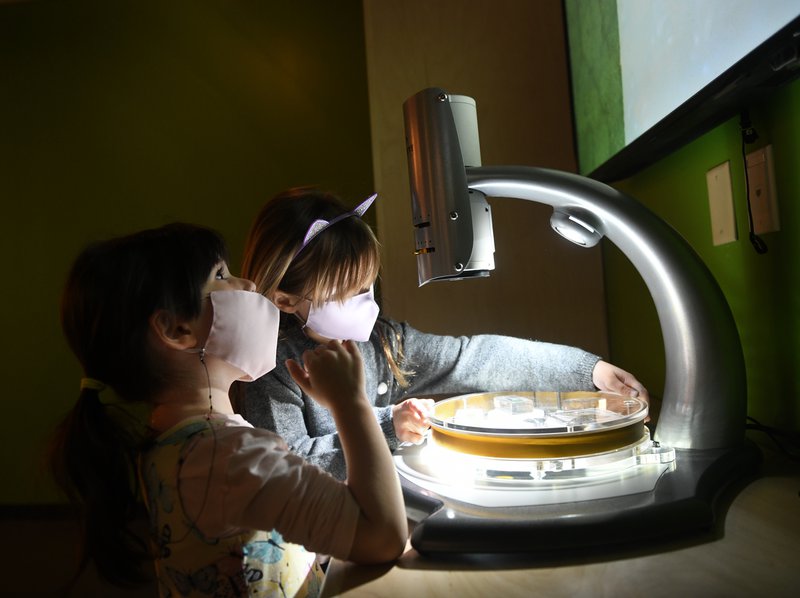
Nancy and Kenneth Duffy Natural Sciences Lab
Our lab is a dedicated space for experimentation inside our exhibition. Centered at the midpoint of the interconnected permanent science galleries, the Natural Science Lab provides a spot to pause and learn more, and a gathering point for programs and demonstrations. A Microeye microscope allows visitors to project objects such as trilobites, feathers, and insects at >100x life size. The lab also contains a display case which highlights a rotating selection of treasures from the Bruce Museum natural history collections. A selection of nature-themed books and touchable objects are available daily.
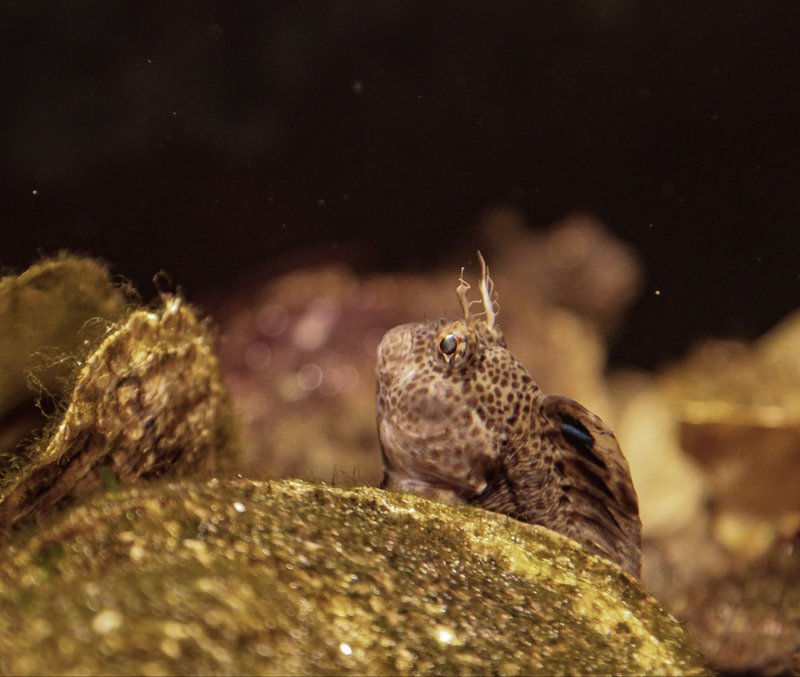
Aundrea and Jim Amine Marine Ecosystem Gallery
This gallery highlights the ways that tidal cycles provide the rhythm of life on the shore. Dioramas focus on the way marine species time their feeding, breeding, and migration schedules to the rise and fall of the water and the change of the seasons.
Visitors will learn how some species migrate into and out of Long Island sound as the waters warm and cool, and how others cycle between freshwater and saltwater habitats to complete their reproductive cycle. Our 500 gallon Long Island Sound marine tank and an array of smaller themed tanks feature live sea creatures such as pipefish, pufferfish, crustaceans, and mollusks.
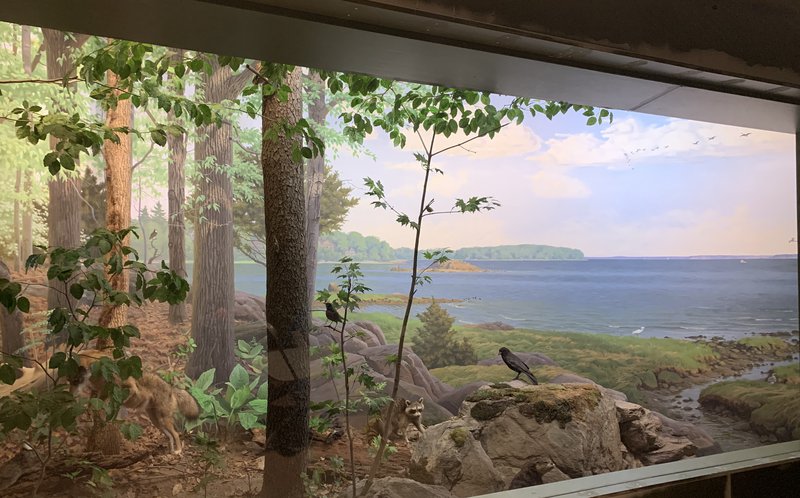
Maggie & David Walker and Libby & Brian Will Terrestrial Ecosystems Gallery
Daily and annual cycles shape the lives of animals in terrestrial ecosystems. This gallery focuses on topics like bird migration, mammal hibernation, and diurnal versus nocturnal species.
The Bruce Museum’s beloved woodland diorama has been enhanced so visitors can watch and listen as day changes to night. Smaller displays cover topics like invasive species, camouflage, and defense mechanisms such as venom. Four tanks house freshwater and terrestrial species such as turtles, sunfish, newts, and lizards.
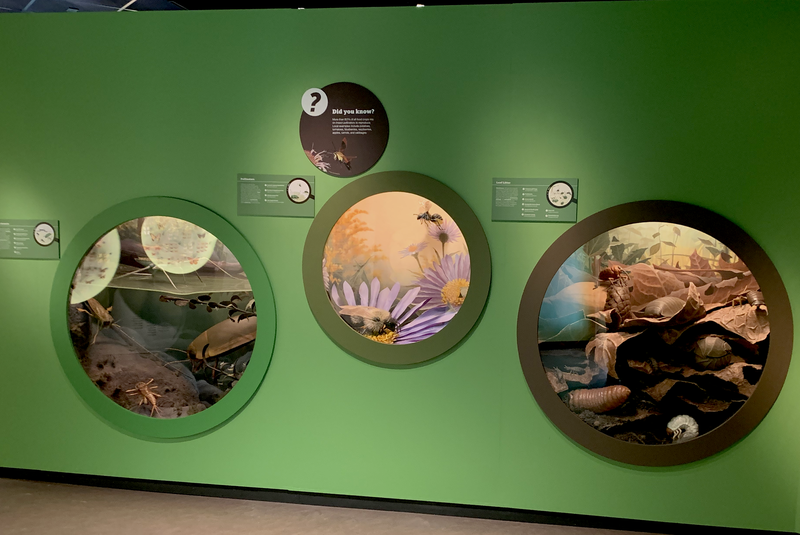
The Keyes Family Big Backyard Gallery
This gallery explores insect metamorphosis cycles and reveals these how tiny creatures play a big role in our environment. Hundreds of butterflies collected during the early years of the Bruce Museum are featured, documenting how our local insect fauna has changed in the last century. A touch panel interactive reveals how different butterfly species survive the winter. Five “magnifiers” present scenes such as water striders gliding across a New England pond, bees pollinating native wildflowers, and termites tunnelling under a wood flood, scaled up twenty times larger than life.



